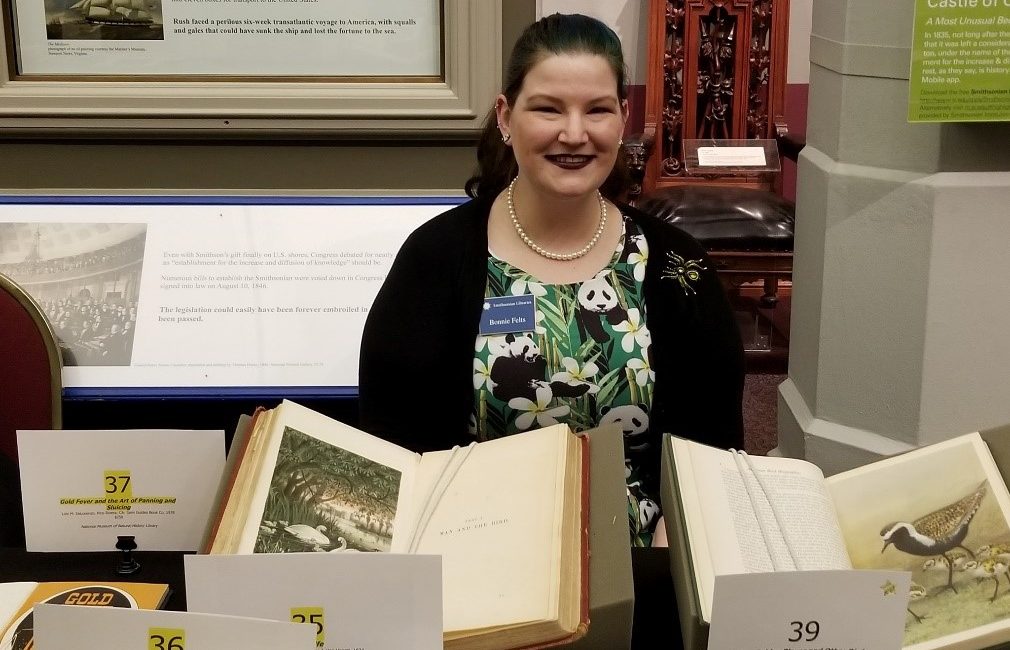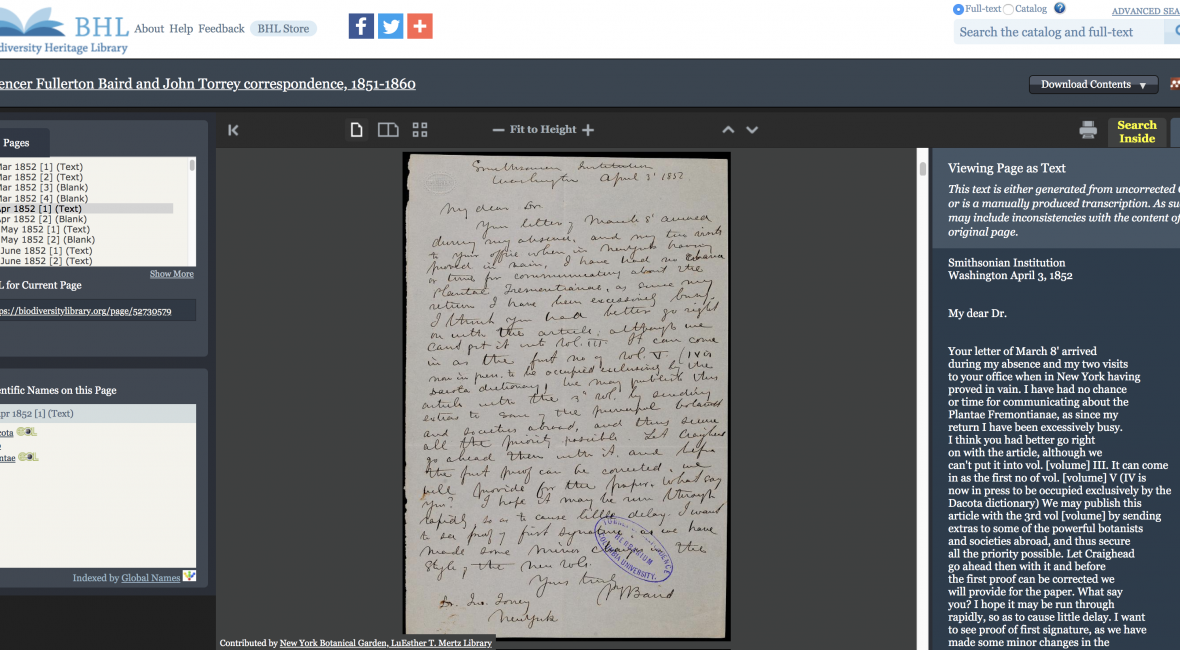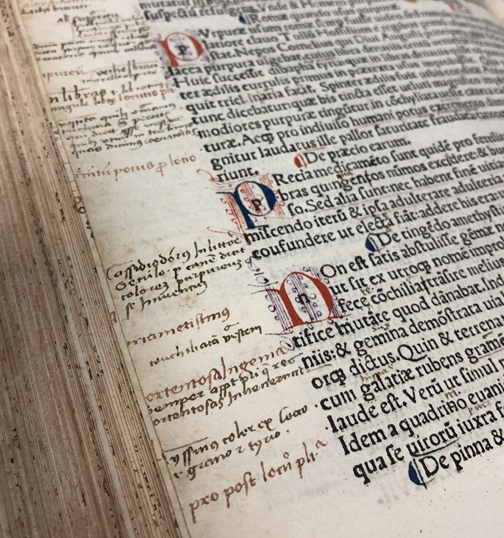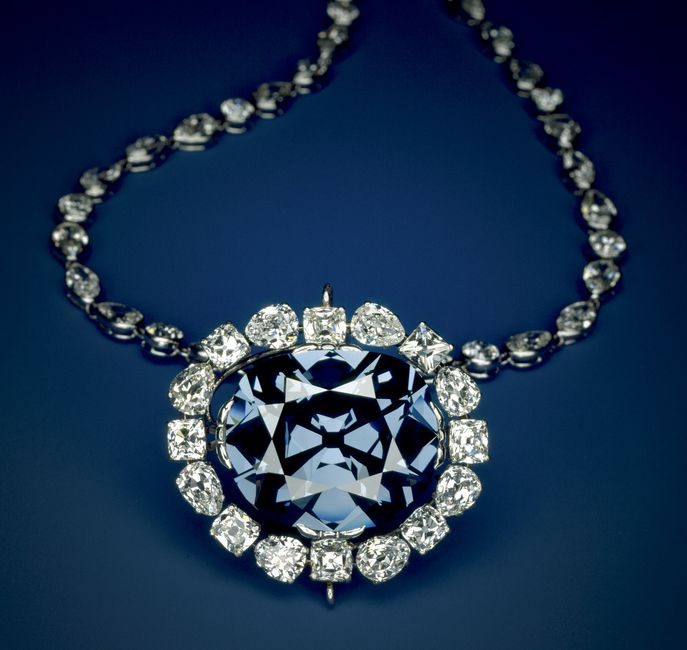I study sloths, and as popular as they have become on the internet, the thing most people do not realize is that we are living in a world majorly deprived of most types of sloth. Today there are only two types of sloths: two-fingered (genus Choloepus) and three-fingered (genus Bradypus). (You may have heard them referred to a two-toed and three-toed, but they both have three digits on their hind limb, so the difference is on the forelimb, in other words, their hand, hence: fingers.) There are only a few species of each kind of sloth and they all live in the trees of tropical rainforests in Central and South America.
But back in prehistoric times, there were many types of sloths: more than 80 genera across five different families. They lived as far north as the Yukon Territory and Alaska, as far south as Patagonia, and stretched from coast to coast in the United States and even colonized islands throughout the Caribbean. The smallest of these fossil sloths were still bigger than any sloth alive today, and the biggest extinct sloths were the size of modern elephants (but could probably walk around on two legs like an awkward bear). All this means there is a lot to learn about the sloths that are no longer with us.
Continue reading













